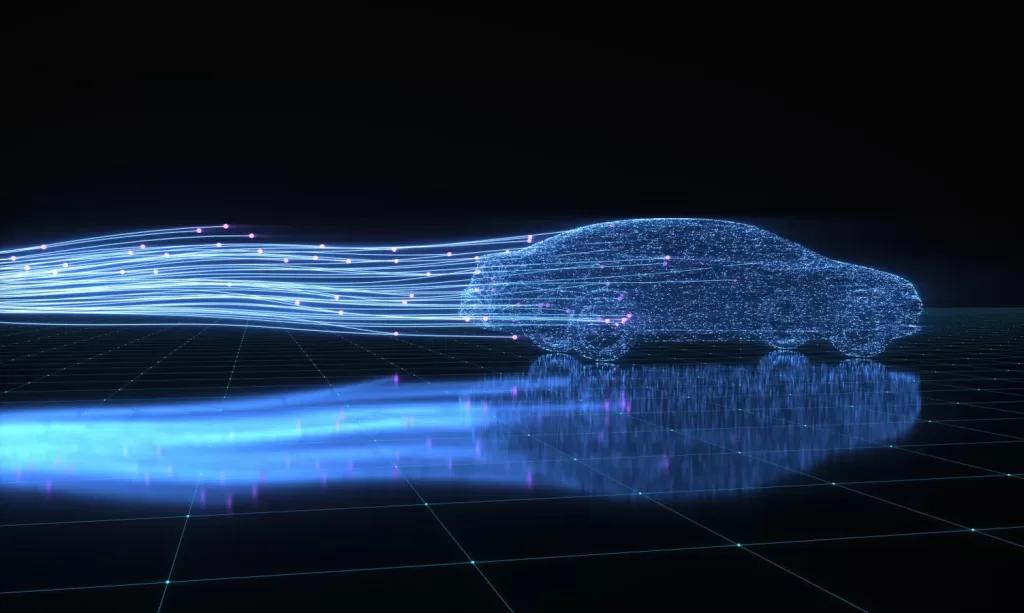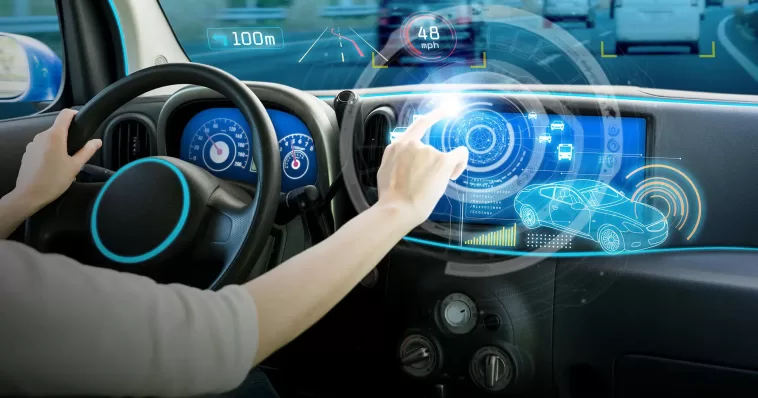In the world of EVs, one has to shift gears creatively. Therefore, innovation is the key to the EV market. Everything you need to know about the EV market, the battery pack, autonomous driving, and more is here.
Another of the less-known innovative developments is the automotive Ethernet implementation.
This technology is bound to bring a revolution in the EV industry, as it will provide an improved and faster way of interconnectivity of various systems in electric vehicles.
Continuing, this article is devoted to defining what automotive Ethernet really is and how it can improve the future of electric vehicles. This sounds very interesting, right? I think it will be an interesting article for all car enthusiasts and for those who are interested in learning more about the evolution of electric cars and their new features.
Faster Data Transmission: Racing as the Name Suggests

The most important and indisputable benefit of automotive Ethernet is that this technology is fast. Standard Ethernet can go up to 1Gbps and data transmission speeds much beyond this are being worked on.
This is actually a major improvement from the 1 Mbps speed that traditional CAN networks have. In an EV, where data from the sensors, cameras, and other systems are required to be processed at the required instance, this speed is of great necessity.
Think of an automatic vehicle using Ethernet during traffic; the efficiency of data handling is the main business here, depending on the ability to perform quickly.
What is Automotive Ethernet?

Automotive Ethernet is a special communication system that is a system designed for use in cars. As for automotive networks, it is necessary to note that whereas CAN, LIN, and FlexRay are now traditional networks providing a rather low speed, Ethernet is a high-speed and scalable network. This is important to EVs as they commonly involve high-speed data transfer for things like battery management, autonomous controls, and entertainment screens.
Collaboration Between Industry Players
For Automotive Ethernet to be successfully implemented in the EVs, automotive stakeholders such as car manufacturers, technology suppliers, and industry standards are needed.
Ethanol-specific standards and interconnectivity are two very important issues, which have to be resolved to enhance the performance of Ethernet-based systems in vehicles.
You probably know that research and development, as well as standardization across organizations, will lead to the adoption process and utilize this technology to the full potential required.
Improved Reliability and Safety
Durability and safety are very critical attributes in automotive systems. Ethernet has reliable features in error detection and correction mechanisms, and these are critical in ensuring that the data transfer in the EVs is accurate.
Also, Ethernet has a lower vulnerability to electromagnetic interference, a problem seen in the conventional automotive networks. This reliability is very important for proper functioning of the sensitive components such as the steering mechanism, the brakes, and the battery.
Cost-Effectiveness
What about the cost-effectiveness? Let’s learn more.
That is why most of the car makers mention that although the initial installation of automotive Ethernet may be costlier than traditional systems, in the longer run, the advantages are usually worth the money.
Ethernet has fewer cable and connector interfaces, which directly affects the vehicle’s weight, and this leads to increased energy efficiency.
Moreover, regarding high-speed data transmission capabilities can directly result in faster cycles of development and easy updates, implying lower costs in the long term.
Simplifying Vehicle Architecture
Due to its ability to integrate numerous communication networks into a single system, automotive Ethernet also stands to simplify the entire architecture of a car.
This generalization can minimize the complications within the automobile and could even make it easier to control, repair, and improve the car’s electronics. In fact, in the world of electric vehicles, where internal space and vehicle mass are strictly limited, this approach can be truly beneficial.
Scalability and Flexibility
The last but not least critical advantage of automotive Ethernet is the aspect of its scalability. On this basis, the technology can be generalized and adapted to the additional requirements in terms of data transfer which may be necessary in future vehicles.
This opens up the platform for change, which the EV market throws up for constant change in various new functionalities/ features that are being developed.
Overall, whether implementing more advanced driver-assistance systems or more complex infotainment systems, Ethernet is capable of handling this load increment without quite necessitating an overhaul of the vehicle’s CAN.
Consumer Implications
From the consumers’ perspective, the transition towards automotive Ethernet opens up performance enhancement, safety, and general driving experience.
Integration aspects such as software updates without GSMA, class-leading infotainment systems, and advanced safety features come closer and safer.
Thus, consumers will benefit a lot as automotive evolves with the help of automotive Ethernet, which truly starts the age of smart and efficient electrified transportation.
World Performance and Outlook
The integration of automotive Ethernet purposes corresponds to trends in this industry at the international level, where there is a focus on the development of smarter vehicles.
As more nations set goals for the adoption of electric cars and as car makers, governments and other stakeholders unveil plans to build up electric vehicle charging infrastructure, there will be a need for stronger wireless networks within cars.
Automotive Ethernet is therefore the prime driver of this shift in that it transforms vehicles from means of transport to nodes in an interconnected ecosystem.
Conclusion
Ethernet is no longer a novelty in the automotive field; it has all the chances to revolutionize the EV market, doesn’t it? We say yes.
The advantages of automotive Ethernet range from high speed, and enhanced reliability, as well as scalability and the ability to cut down costs.
Thus, as the electric vehicle market gradually develops, the inclusion of this innovative communication protocol will inevitably take a central position in the development of new ideas and improvement of the driving experience.
Reflecting on the mentioned concepts and looking at the future, one can conclude automotive Ethernet is unique for electric vehicles, as it opens the path towards smarter, safer, and more effective vehicles.
Do you want to contribute to Automotivesblog with great news and stories? Visit the Write for Us page for more information. Thank you!



